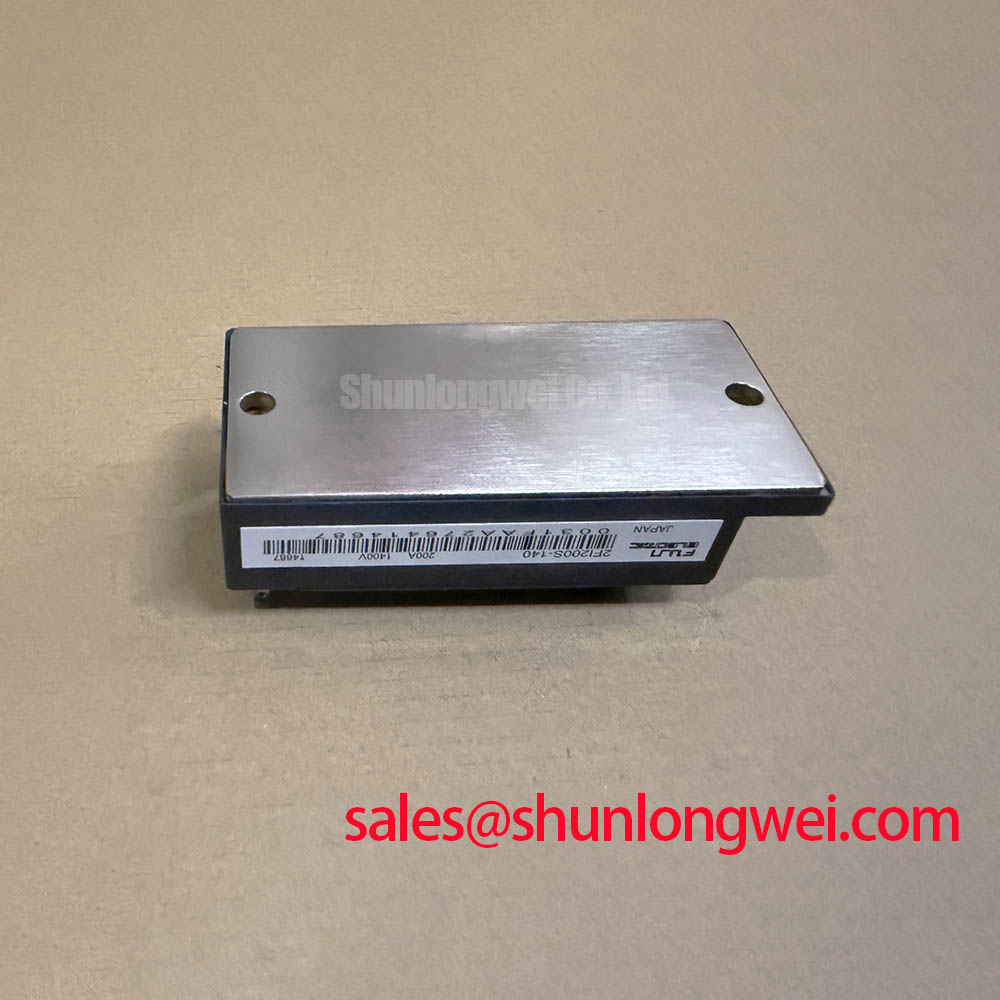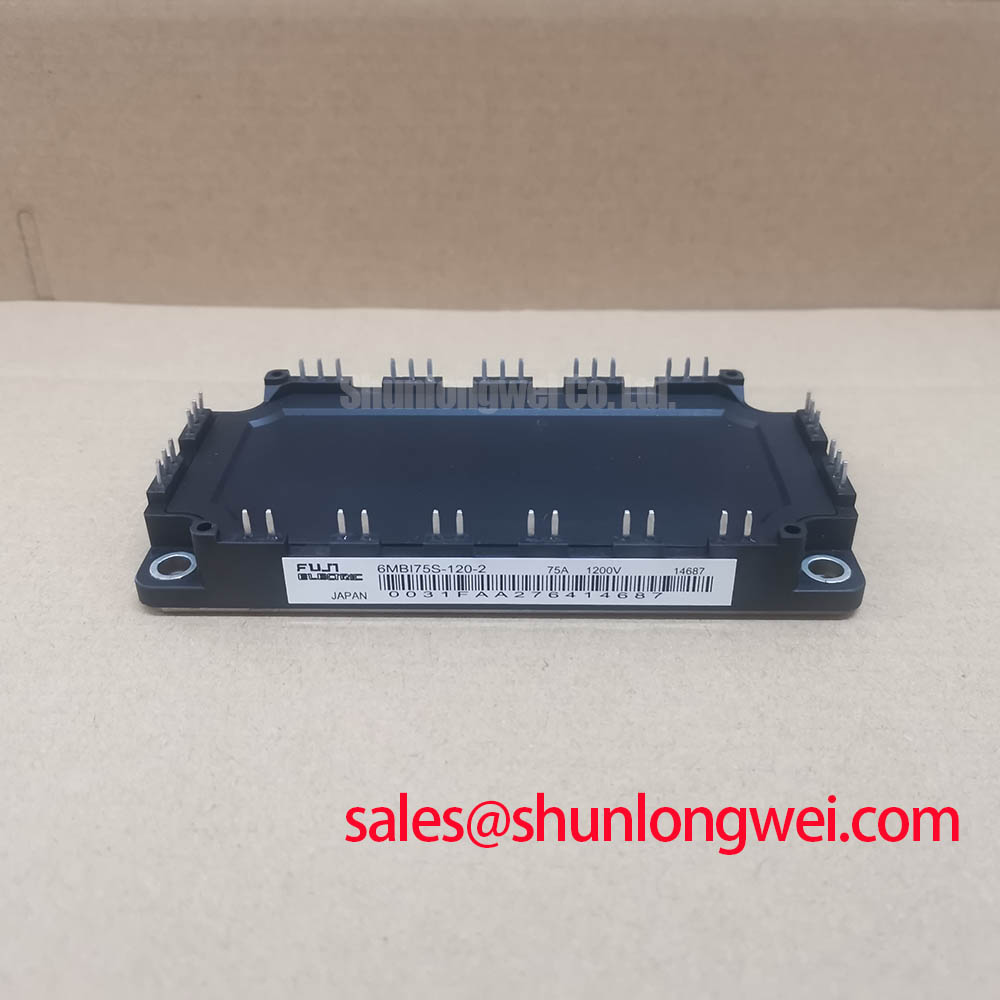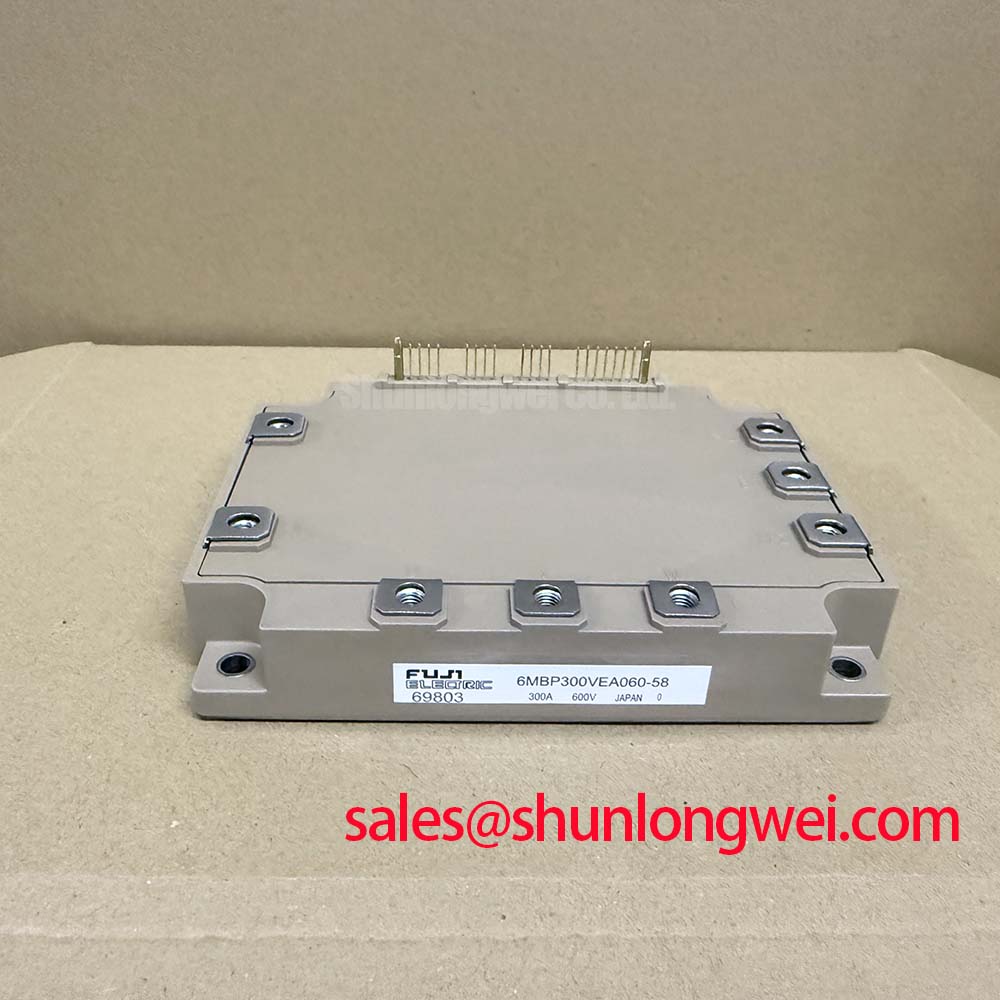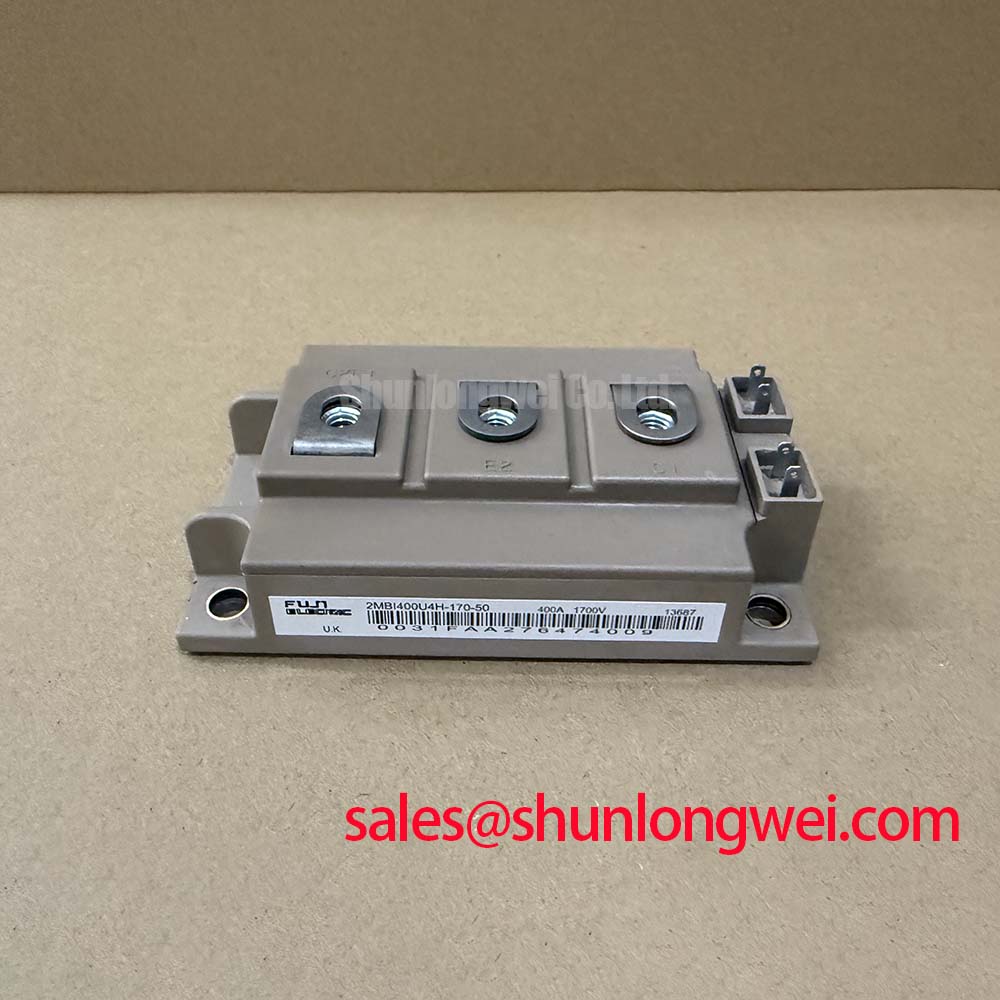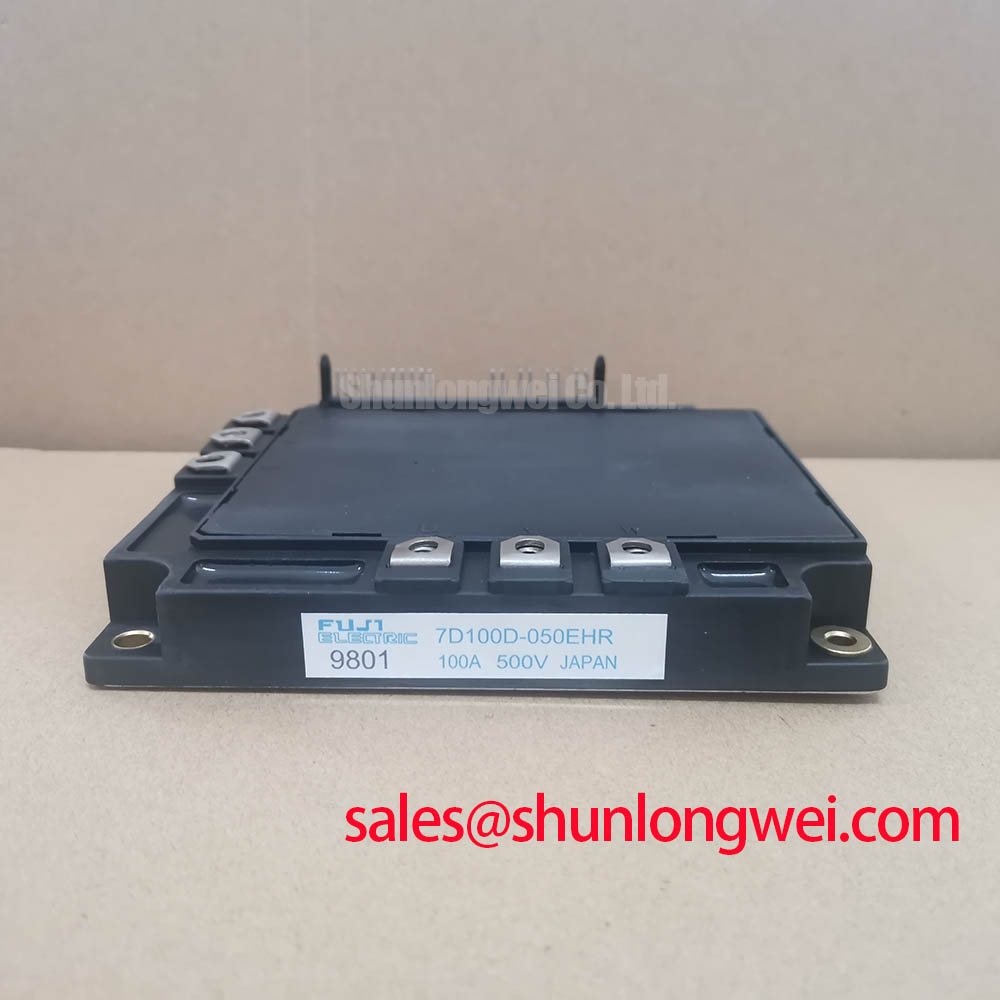Fuji 2FI200S-140 | Robust 1400V Half-Bridge IGBT Module
The Fuji Electric 2FI200S-140 is a workhorse IGBT module engineered for reliability in demanding medium-to-high power conversion applications. It combines a high voltage rating with substantial current handling in a compact, industry-standard package. This module is an excellent choice for designers looking to enhance system robustness and simplify the power stage layout in three-phase inverters and converters.
- High Voltage Headroom: With a 1400V collector-emitter voltage (Vces), it provides a significant safety margin for systems operating on 690V AC lines, protecting against transient overvoltages.
- Substantial Power Handling: A continuous collector current (Ic) rating of 200A enables efficient control of high-power industrial motors, UPS systems, and welding equipment.
- Simplified Inverter Design: The integrated half-bridge (2-in-1) configuration streamlines the design of inverter legs, reducing component count, simplifying PCB layout, and ensuring better thermal symmetry.
- Proven Reliability: Built upon established Fuji Electric IGBT technology, this module is designed for long service life in harsh industrial environments.
Key Parameters at a Glance
This table provides the essential electrical and thermal characteristics for the 2FI200S-140, serving as a quick reference for design engineers. For comprehensive details, always consult the official product datasheet.
| Parameter | Value |
|---|---|
| Collector-Emitter Voltage (Vces) | 1400V |
| Collector Current (Ic) @ Tc=80°C | 200A |
| Collector-Emitter Saturation Voltage (Vce(sat)) (Typ) @ Ic=200A | 2.8V |
| Configuration | Half-Bridge (2 elements in one module) |
| Gate-Emitter Voltage (Vges) | ±20V |
| Thermal Resistance, Junction-to-Case (Rth(j-c)) per IGBT | 0.12 °C/W |
Application Suitability and Engineering Value
The unique 1400V rating of the 2FI200S-140 positions it as a strategic component for specific industrial applications where standard 1200V modules may lack sufficient design margin.
- Industrial Motor Drives: In Variable Frequency Drives (VFDs) connected to 600-690V AC mains, the 1400V rating provides essential protection against DC bus voltage spikes caused by regenerative braking or grid fluctuations, enhancing the drive's overall reliability.
- Uninterruptible Power Supplies (UPS): For high-power UPS systems, this module's robustness ensures dependable operation during grid instability. The half-bridge configuration is ideal for constructing the inverter stage that powers critical loads.
- Welding Power Supplies: The module's ability to handle high current and voltage transients makes it a perfect fit for the heart of inverter-based welding machines, delivering precise and stable power for high-quality welds.
Technical Deep Dive: Deconstructing the 2FI200S-140
The Strategic Advantage of a 1400V Rating
While 1200V and 1700V are common voltage classes, the 1400V specification offers a unique engineering trade-off. It provides a more robust solution than 1200V modules for power converters running on DC link voltages approaching 800-900V, without incurring the higher conduction losses (VCE(sat)) typically associated with 1700V devices. This makes the 2FI200S-140 an optimized choice for systems that require enhanced voltage resilience without over-engineering the power stage. To understand the lineage of such robust devices, exploring the evolution of technologies like the Fuji Electric V-Series IGBT provides valuable context.
Benefits of the Half-Bridge Topology
The 2-in-1, or half-bridge, topology is a cornerstone of modern power electronics design. By integrating the high-side and low-side IGBTs of an inverter phase leg into a single package, the 2FI200S-140 delivers several key benefits. It simplifies the mechanical assembly and busbar design, reduces stray inductance, and ensures that both switches have a tightly matched thermal path to the heatsink. This inherent symmetry improves current sharing and switching performance. For a broader understanding of how different components come together in these devices, see our guide on deconstructing the IGBT's hybrid structure.
Engineer's FAQ
1. Why select a 1400V module instead of a more common 1200V or 1700V module?
A 1400V module is a strategic choice for applications powered by 690V AC mains. The resulting DC bus voltage can be close to 1000V, leaving little margin for voltage spikes with a 1200V module. A 1700V module provides ample margin but typically has higher conduction losses. The 1400V rating offers a balanced solution: sufficient voltage headroom for reliability while maintaining better efficiency than a 1700V alternative.
2. What are the key considerations for the gate drive design?
For a module of this power level, a robust gate drive design is critical. Key considerations include providing a stable +15V turn-on voltage, a negative turn-off voltage (e.g., -8V to -15V) to prevent parasitic turn-on, and a high peak gate current capability (typically 8-10A) to ensure fast and controlled switching, thereby minimizing switching losses.
For further inquiries about implementing the 2FI200S-140 in your design or to explore our full range of IGBT modules, please contact our technical team for expert support.
```





